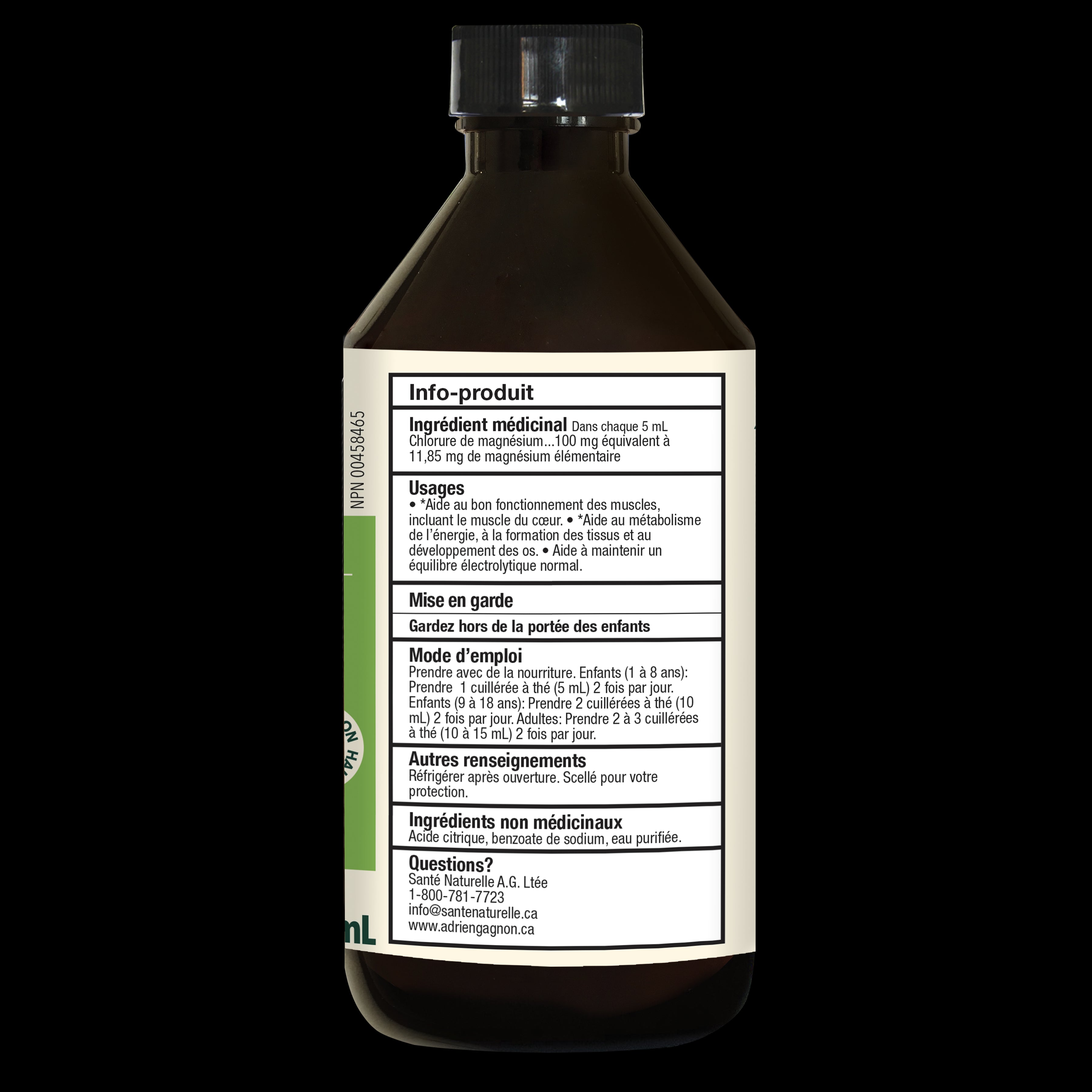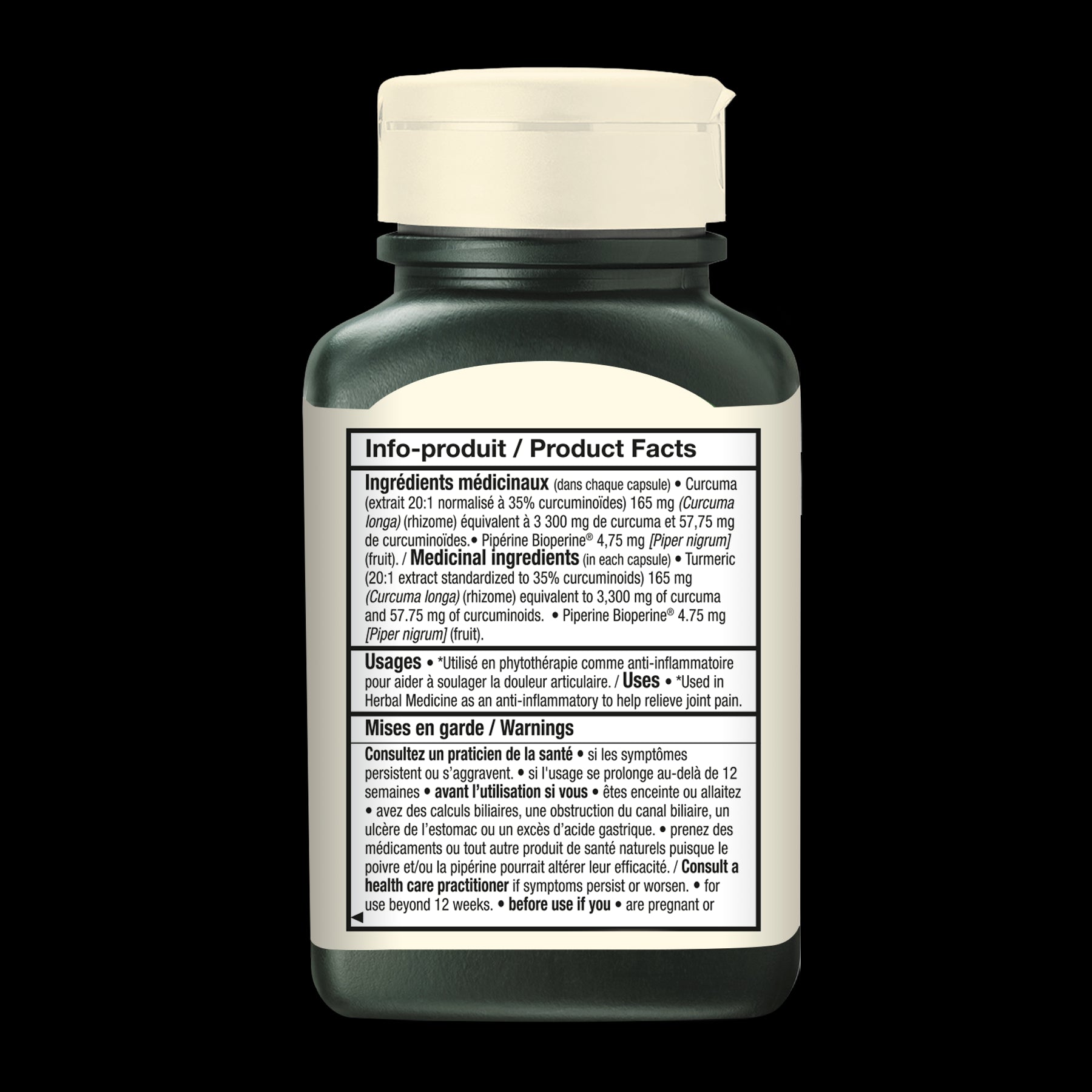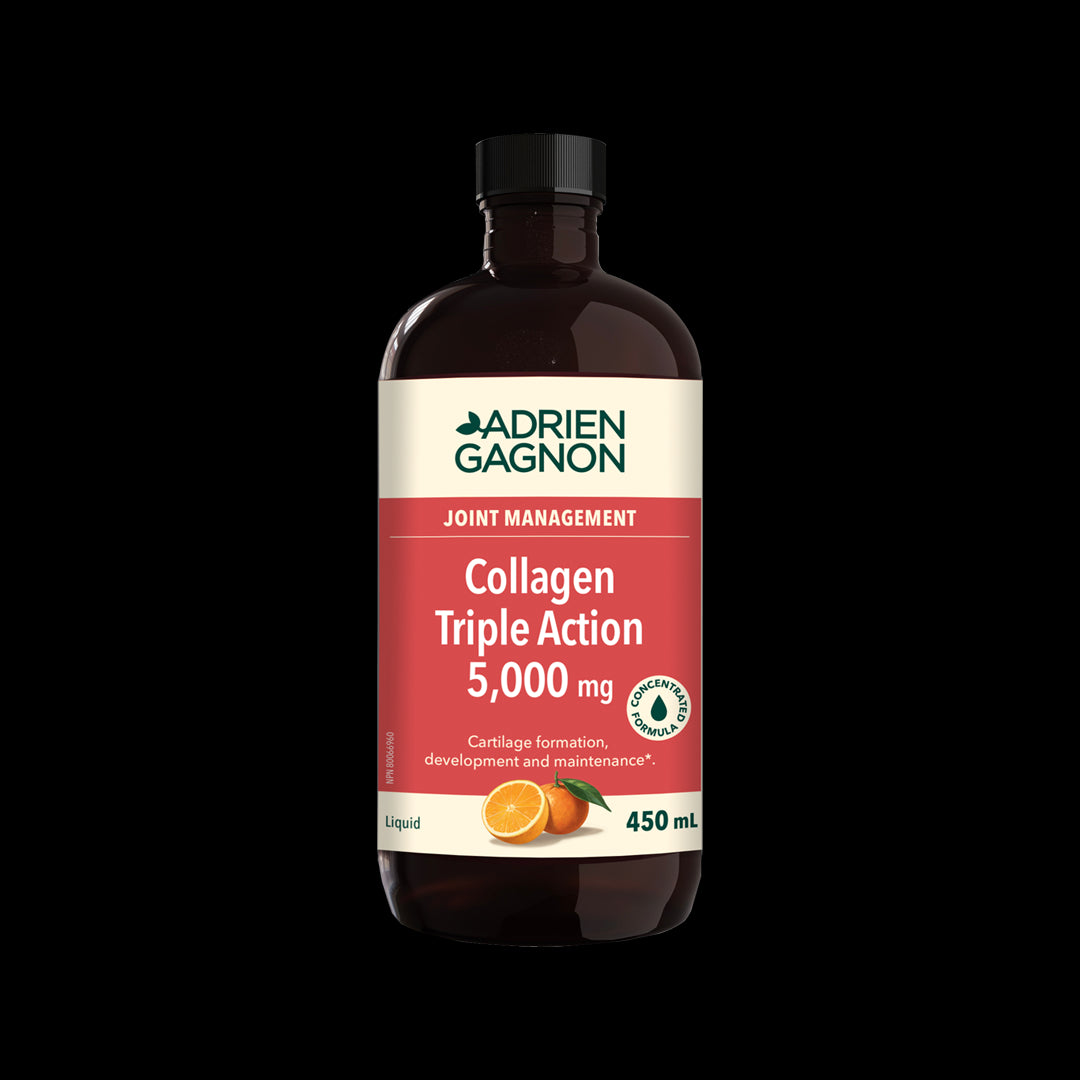Most of us know that regular exercise will improve your joint health. But to be in optimal health, rest and recovery must not be forgotten. Rest and recovery have often been ignored, and yet they are the key to retaining optimal joint health. What a catch-22: joint pain is prevented with regular exercise, but once there, exercise will bring up the joint pain. Many experience joint pain as an insidious occurrence for which often age is to blame. The solution is simple, but not the sexiest: it is early and active prevention.
Joints under pressure: what happens during exercise
During exercise, our joints go through major pressures. Notably, repeated movements may cause:
- temporary inflammation around the surrounding tissues,
- changes in the synovial fluid (the lubricant of our joints) and of course,
- natural wear and tear of the cartilage.
These changes are normal, but they do accumulate when proper rest and recovery are overlooked. When rest and recovery time is not enforced, these changes can lead to premature joint degeneration.
Good exercise habits to keep joints in top shape
Rest and recovery do not mean stopping exercising or moving completely.
- During your resting days from your main exercise, prioritize activities that have a low impact on joints, such as swimming, yoga, or cycling. Focus on avoiding exercises that require repetitive forces applied to the joints.
- Of all activities, a particular priority would be given to those that involve different parts of the body, rather than just one part or specific section.
Finally, a few friendly reminders to always:
- Warm up and stretch. These are habits that help fluids and blood flow to the joints to counter the risks of sudden, high-impact, repetitive movements.
- Make sure you drink enough water. Synovial fluids and blood are critical liquids—support them!
Natural enhancements for proactive joint optimization
For those who have good habits in place and seek to be ahead of their game, there are always extra steps you can take to ensure your joints will love you in the long run. All of the following may be sought out in nutrition or as supplementation:
- Magnesium: Joints are supported by different entities and muscles are one of them. When a muscle is too tight, it may disproportionately pull more on an associated joint. This imbalance can reduce motion, alter alignment, decrease shock absorption, and cause compensatory movements on other joints, all leading to a higher risk of injury. Magnesium helps with muscle cramps and tension, amongst other metabolic and electrolyte functions.
- Curcuma is used for its anti-inflammatory properties; it is very commonly used for joint pain specifically. As mentioned earlier, light and temporary inflammation will appear around the joints in post-exercise. Curcuma is a great addition to your routine to keep that in check!
- Collagen is an essential component of cartilage, tendons and ligaments, all supporting structures of a joint. Ensuring collagen is present and in sufficient amounts not only ensures good support of the joints, but also the maintenance of them.
Performance and prevention: an inseparable duo
Joint health is not only for our parents, it's a necessary step for anyone who wants to move freely in the years to come. Whether you are a serious athlete or someone who just started to exercise, including rest and targeted support in your routine is the gateway to longevity. By incorporating early joint-friendly habits, in both movement and nutrition, you are building your strong foundation for today’s performance, tomorrow’s mobility and your lifelong freedom.




